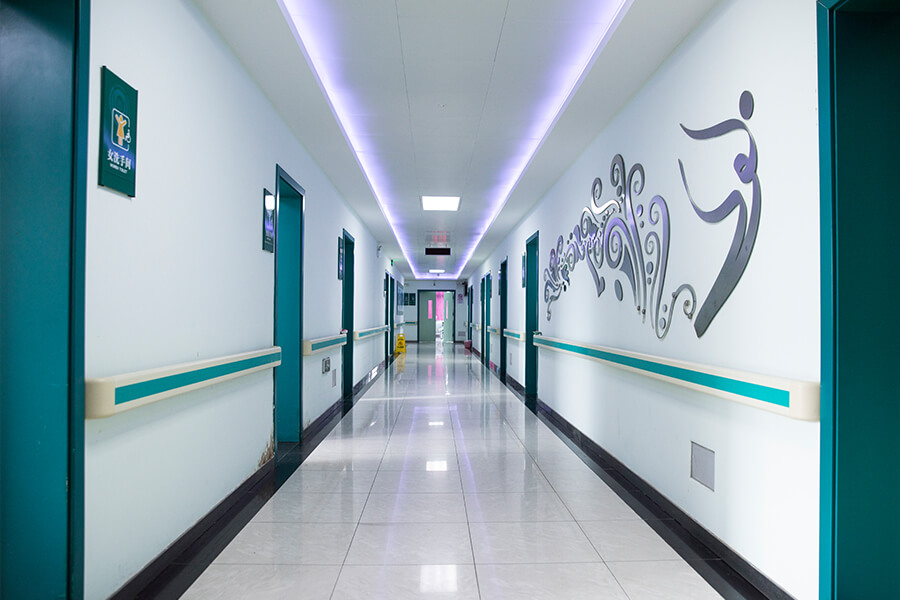

The air flow organization is flexible and reasonable, a […]
The air flow organization is flexible and reasonable, and can meet the needs of various working environments and different cleanliness levels. The construction methods of clean rooms can be divided into two types: civil structure and prefabricated type, of which prefabricated type is commonly used. You need to understand the classification of clean rooms. The prefabricated clean workshop system is mainly composed of air-conditioning supply, return and exhaust systems with primary, medium and high air filtration; power and lighting systems; monitoring, alarming, fire fighting and communication systems for working environment parameters; People flow and logistics system; process piping system; maintenance structure and electrostatic ground treatment and other aspects of the implementation content required to form the entire equipment and equipment included in the air-conditioning purification system project and building installation content.
The installation and use of the clean room has the following characteristics:
All the maintenance components of the prefabricated clean workshop are processed in the factory according to the same module and series, which are suitable for mass production, with stable quality and rapid supply.
Flexible and flexible, it is suitable for supporting installation in new workshops, and also suitable for purification technology transformation of old workshops. The maintenance structure can also be combined arbitrarily according to the process requirements, and the disassembly is convenient.
1. Turbulent Flow: The air enters the clean room from the air conditioner box through the air duct and the air filter (HEPA) in the clean room, and is returned by the return air column or the raised floor in the clean room. Airflow is in the state of irregular turbulent or eddy currents. This type is suitable for clean room grades: 1,000-100,000.
Advantages: simple structure, low system construction cost, easy expansion of the clean room, and the need to improve the clean room level in some special-purpose fields, which can be combined with a clean workbench to improve the clean room level.
Disadvantages: The dust particles caused by turbulent flow are not easy to be discharged in the indoor space, and it is easy to pollute the process products. In addition, if the system is stopped and reactivated, it often takes a long time to achieve the required cleanliness.
2. Laminar: The air flow moves into a uniform straight line. The air enters the room through a high-efficiency filter with a coverage rate of 100%, and is returned by the raised floor or the return air columns on both sides. This type is suitable for level comparison. High clean room, generally its clean room grade is Class 1~100. It can be divided into two types:
(1) Horizontal laminar flow: The horizontal air is blown out from the filter in one direction, and is returned by the return air system of the opposite wall, and the dust is discharged outdoors with the wind direction. Generally, the pollution is more serious on the downstream side. Advantages: The structure is simple, and it can become stable in a short time after operation. Disadvantages: The construction cost is higher than that of turbulent flow, and the indoor space is not easy to expand.
(2) Vertical laminar flow: The ceiling of the room is completely covered with ULPA filters, and the air is blown from top to bottom, which can achieve higher cleanliness. The dust generated during the process or by the staff can be quickly discharged outside without affecting the other work areas. Advantages: easy to manage, stable state can be reached within a short time after the operation starts, and it is not easy to be affected by the operation state or the operator. Disadvantages: The construction cost is high, the flexible use of space is difficult, the ceiling hanger takes up a lot of space, and the maintenance and replacement of the filter is troublesome.
3. Mixed Type: Mixed type is the combination or combination of turbulent flow and laminar flow, which can provide local ultra-clean air. (1) Clean Tunnel: Use HEPA or ULPA filter to cover 100% of the process area or working area to increase the cleanliness level to above 10, which can save installation and operation costs. This type needs to isolate the working area of the operator from the product and machine maintenance, so as to avoid affecting the work and quality during the maintenance of the machine. Most of the ULSI processes use this type

Our new models offer superb design;competitive prices and their new features give them distinct advantages over similar products from other manufacturers.